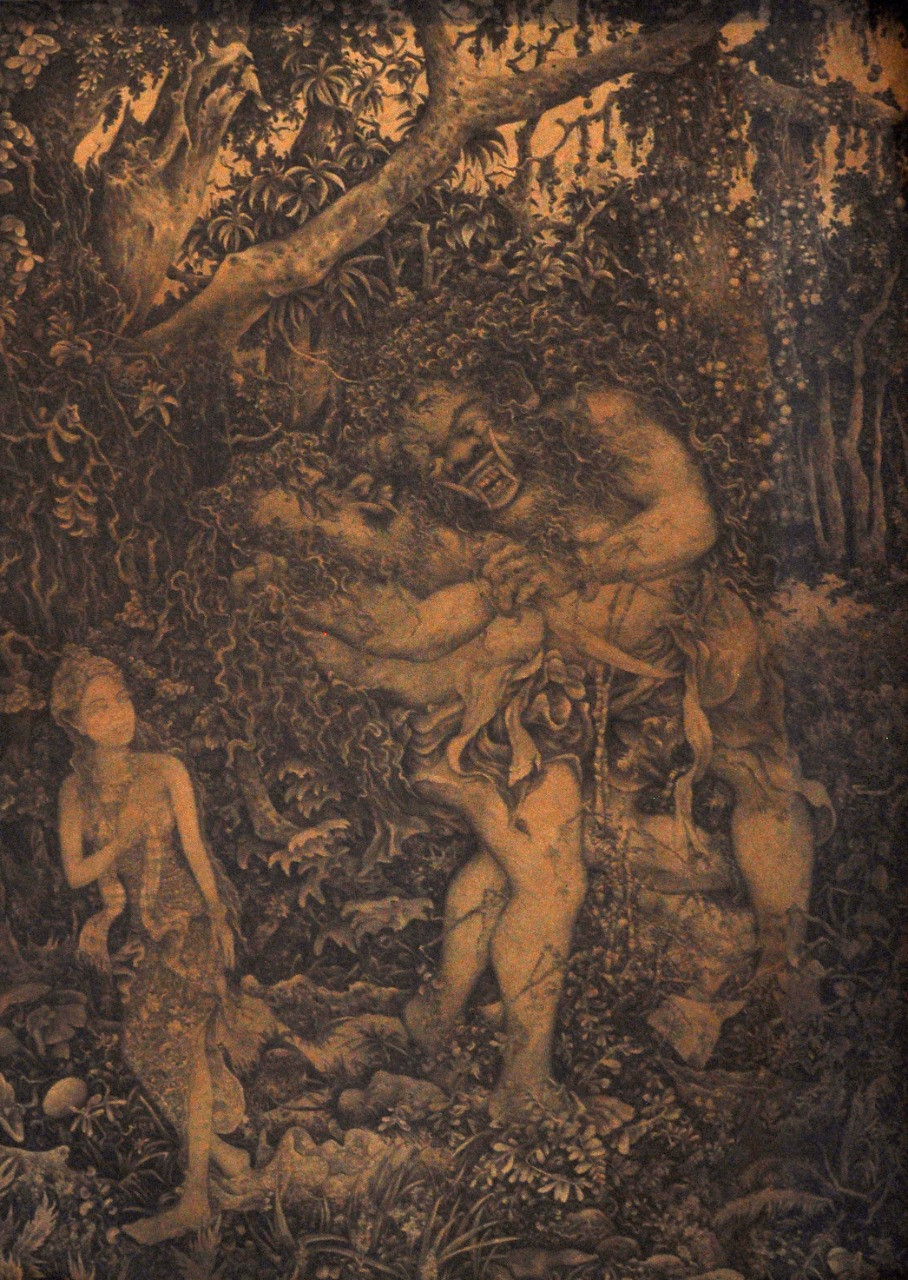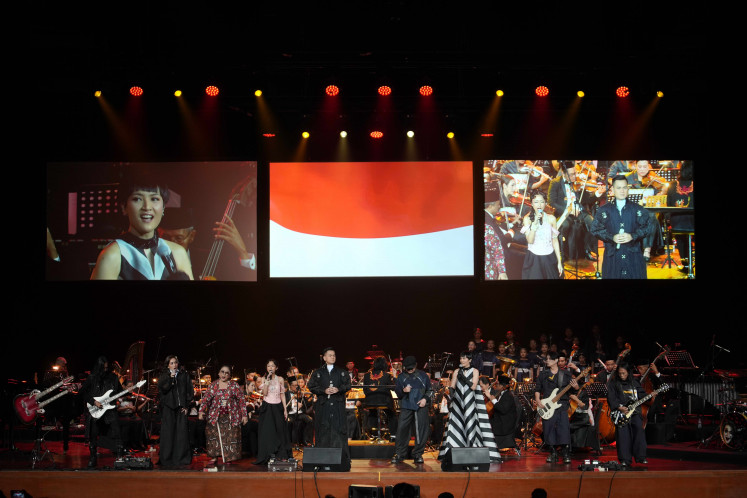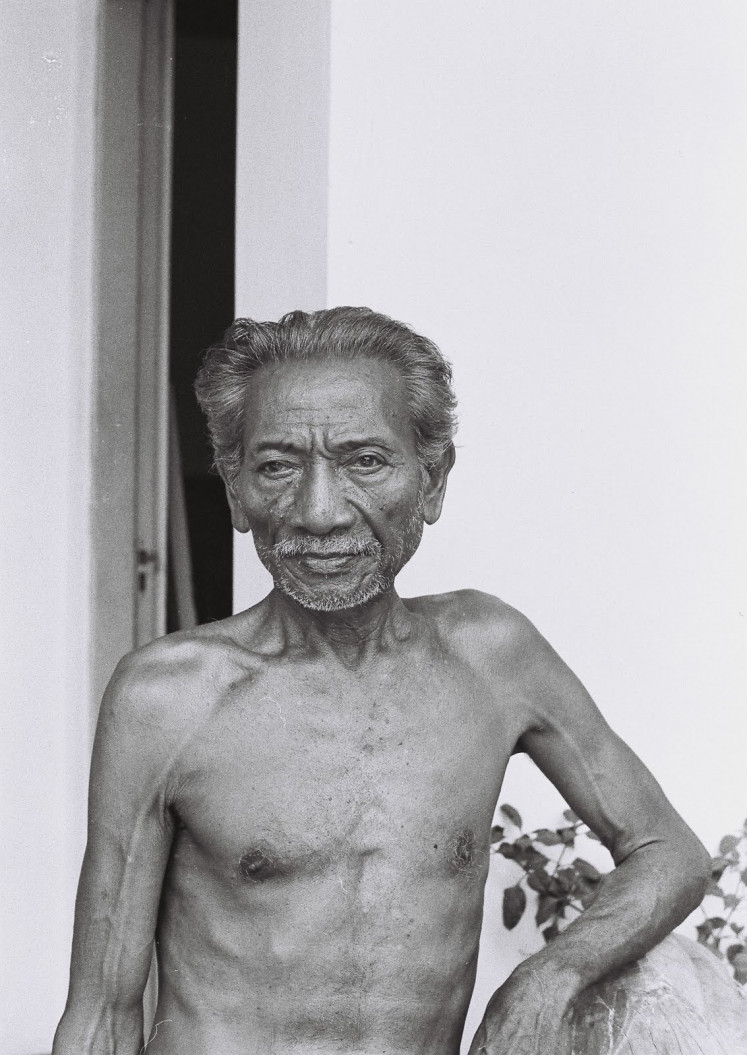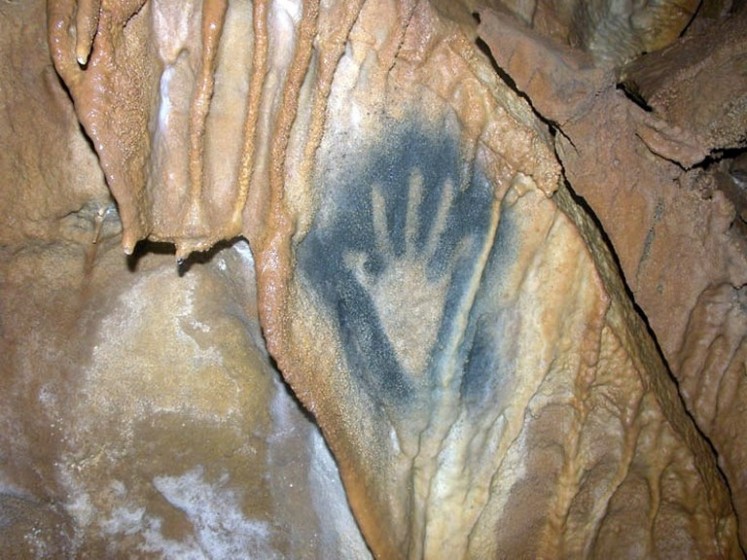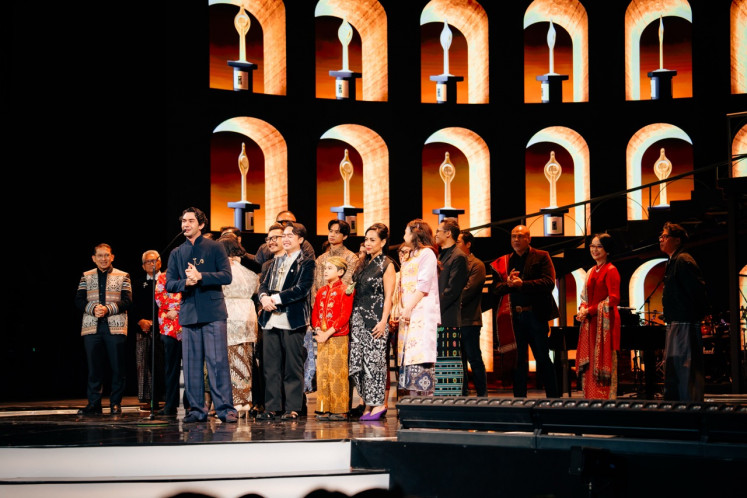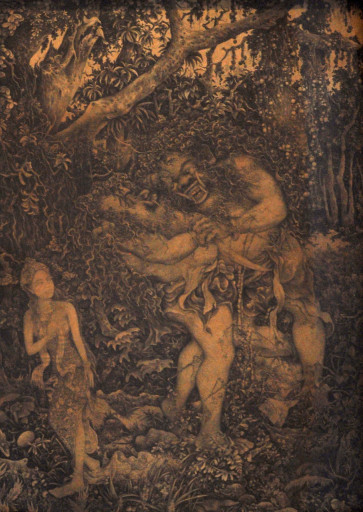Popular Reads
Top Results
Can't find what you're looking for?
View all search resultsPopular Reads
Top Results
Can't find what you're looking for?
View all search resultsIlluminating I Gusti Made Deblog: The mysterious icon of Balinese art
What separated the often-reclusive artist from his peers was his achievements beyond the conventions with Chinese ink and his naturalist painting style development.
Change text size
Gift Premium Articles
to Anyone
T
he paintings of I Gusti Made Deblog attracted enormous attention in the 20th century, during the era of the famous Balinese Pita Maha artists association. However, what separated the often-reclusive artist from his peers was his achievements beyond the conventions with Chinese ink and his naturalist painting style development.
Deblog’s compelling pictorial world birthed a new visual and technical realm. He blended the Sekala and Niskala, the visible and invisible elements of the environment, into a revolutionary, otherworldly genre, called the iconic Naturalist Deblog style. During this illustrious era, defined by innovation in Balinese art, which has yet to be rivaled, the focus was on the celebrated Ubud artists and members of the Pita Maha. Some connoisseurs cite Deblog’s talent as surpassing I Gusti Nyoman Lempad (1862-1978), renowned as Bali’s first great modernist. He was a highlight of the Golden Years of Balinese painting from 1930 to 1945.
Politically biased propaganda, its roots from Dutch colonialism, circulated internationally about the development of Balinese art and Ubud during the first wave of Bali tourism that ended abruptly with the beginning of World War II in 1942. Other essential art narratives were overlooked. Batuan pioneering modernist Nyoman Ngendon (1903-1947) did not receive appropriate recognition. Ubud artists such as Sobrat, Poleng and Lempad captured the limelight.
The book I Gusti Made Deblog: Master Seni Lukis Naturalis Dalam Medan Seni Rupa Denpasar (I Gusti Made Deblog: Master of Naturalist Painting in Denpasar's Fine Art Scene) by the Gurat Institute, launched in late 2020, readjusts the focus on the importance of Denpasar and the unique contributions of Deblog.
The reclusive icon of Balinese painting, Denpasar's I Gusti Made Deblog. (Documentation courtesy of Adrian Vickers). (Documentation/Documentation courtesy of Adrian Vickers)The Gurat Institute’s research, culminating in a 200-page book and a documentary film, is a landmark in Balinese art. The first in-depth examination on the subject by an independent, locally based institution. Led by cultural activists and curators Wayan Seri Partayoga, Made Susanta Dwitanaya and Dewa Gede Purwita, Gurat was established in 2014. Driven by the importance of studying the historical value of Balinese art and culture, Gurat conducts research, as well as documents and evaluates Balinese art and arts events.
Research into Deblog’s journey began in 2014 when they received support from the Cultural Directorate General of the then-culture and education ministry through the Cultural Sector Facilitation program. At the beginning of the COVID-29 pandemic in March 2020, the Gurat Institute rekindled its spirit for this project, intending to complete a book and film during the year. The book was released in January, a 45-minute film, I Gusti Made Deblog Documentary Film, premiered on May 22 at Kulidan Space, Sukawati.

